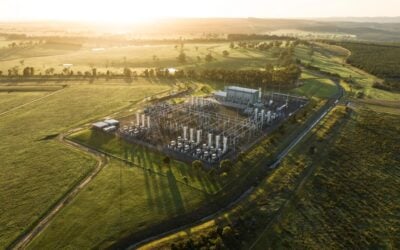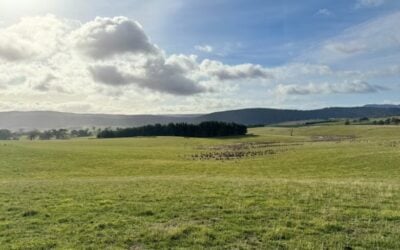Generators at the Markersbach pumped hydro plant. Image: Alstom.
A 1,050MW hydroelectric pumped storage facility in Germany will receive an upgrade of its synchronous generators from engineering specialist Alstom.
The hydropower facility in Markersbach, developed from as far back as 1960 and commissioned in 1979, is the second largest pumped hydro plant in Germany. Pumped hydro storage, in use for decades, uses turbines to quickly generate relatively short duration bursts of power as water is dropped from a reservoir or tank into another body of water below it.
Enjoy 12 months of exclusive analysis
- Regular insight and analysis of the industry’s biggest developments
- In-depth interviews with the industry’s leading figures
- Annual digital subscription to the PV Tech Power journal
- Discounts on Solar Media’s portfolio of events, in-person and virtual
The force of the water falling through the turbines releases the stored energy, and pumped hydro is generally efficiently designed enough that the energy required to drive water up the hill in the first place is far outweighed by the energy generated. Pumped hydro is considered an extremely efficient and clean way of storing energy.
However, due to its specifically requiring a large body of water at the top of a steep incline and an appropriate reservoir at the bottom while also being close enough to regions where the energy released will be consumed, it is very difficult to site new projects, especially in the developed world where various layers of planning permission are needed.
The Markersbach plant drops water from an artificial reservoir, 850 metres above sea level, down into a bottom basin, 563 metres below sea level. Water is pumped up using surplus electricity when available.
The plant’s operator, Swedish state-owned power firm Vattenfall, commissioned Alstom to replace one generator previously, and the engineering firm expects to be involved in the commissioning of replacements for four further synchronous generators, replacing one a year. The parts are coming to the end of their expected natural lifespan.
“The overhaul comprises the delivery of a new stator, upgrading of the poles, bearings, bearing bracket and starting motor, as well as disassembly and re-assembly, including commissioning,” Alstom said in a statement this week. The company’s core engineering and hydro-plant services divisions work in a number of areas including operations and maintenance (O&M). The first renovation at Markersbach is expected to be completed in spring 2016.
In more modern projects, the use of pumped hydro in conjunction with renewables, especially wind, has been seen in regions such as remote islands, where natural geographical isolation and varied topographical relief makes them a potentially useful development option. One Spanish island community, El Hierro in the Canary Islands, has an energy system in place that combines wind generation and pumped hydro energy storage. The El Hierro project hit headlines earlier this year when the installation allowed the entire island’s energy demand to be met by renewables for a period of four hours, with International Renewable Energy Agency (IRENA) expert Emanuele Taibi speaking to PV Tech Storage about the wider significance of that project back in August.
Pumped hydro reservoir on El Hierro, Canary Islands. Just visible on the right of the photograph are the project's wind turbines. Image: Gorona del Viento.






